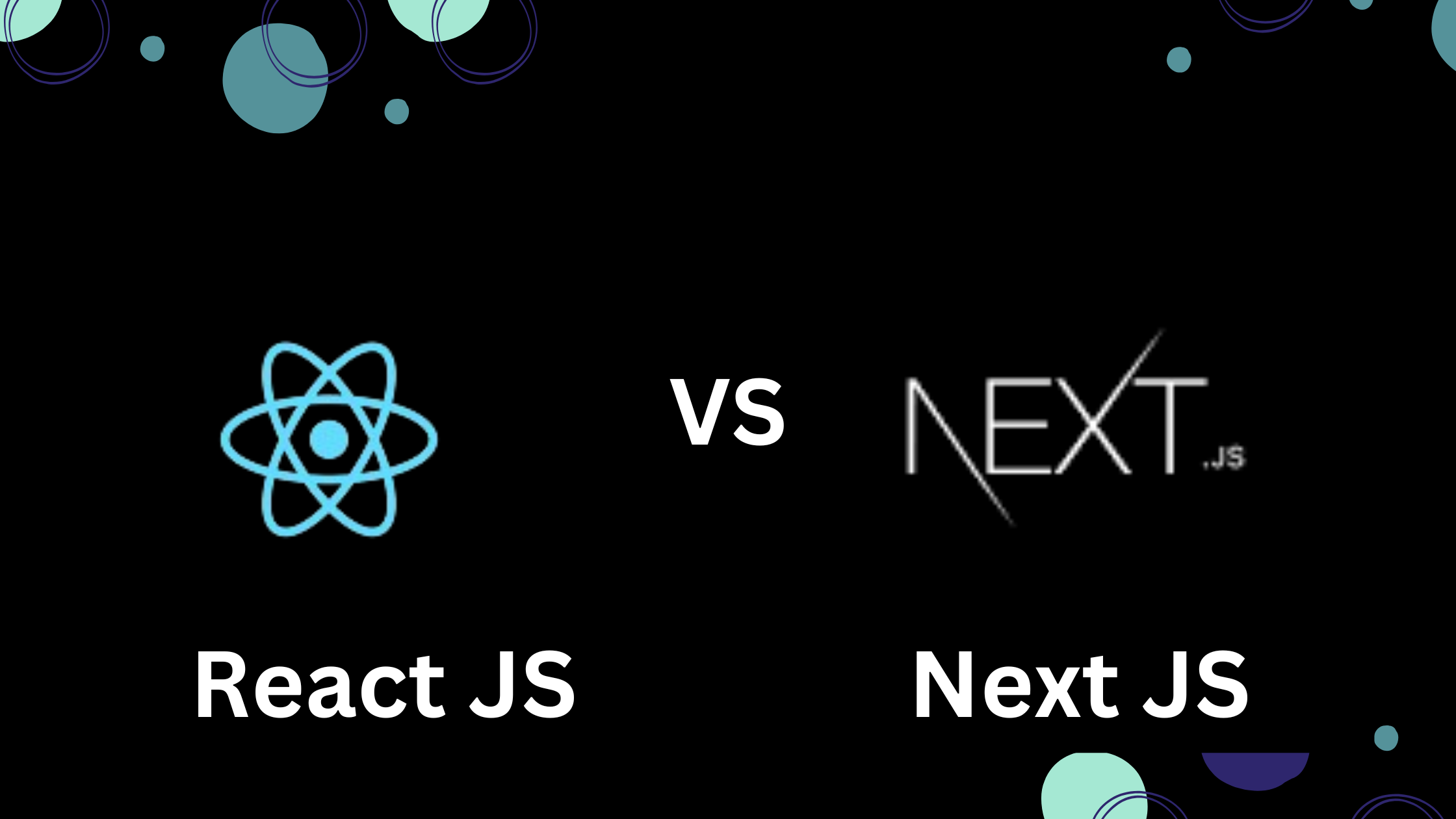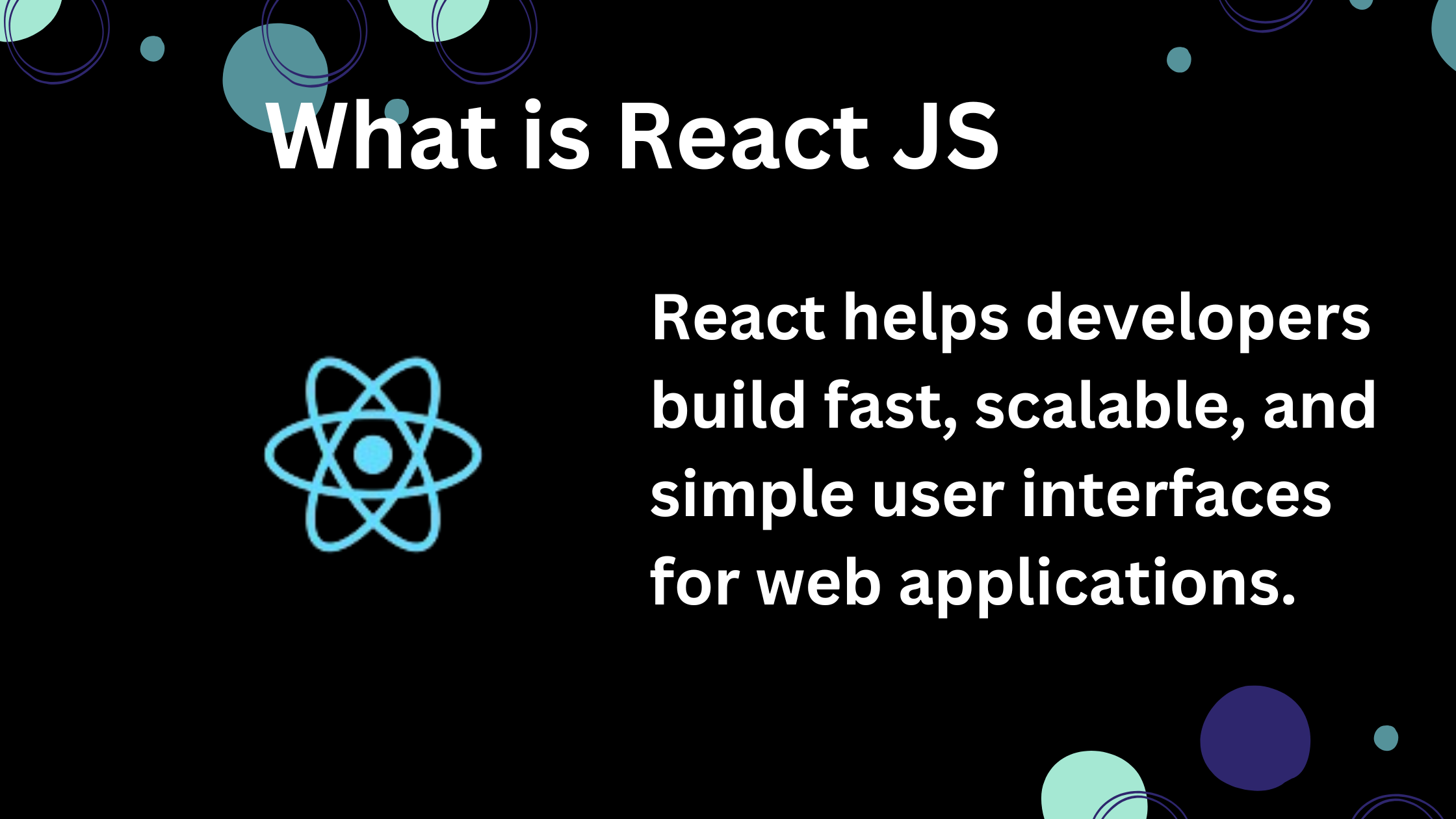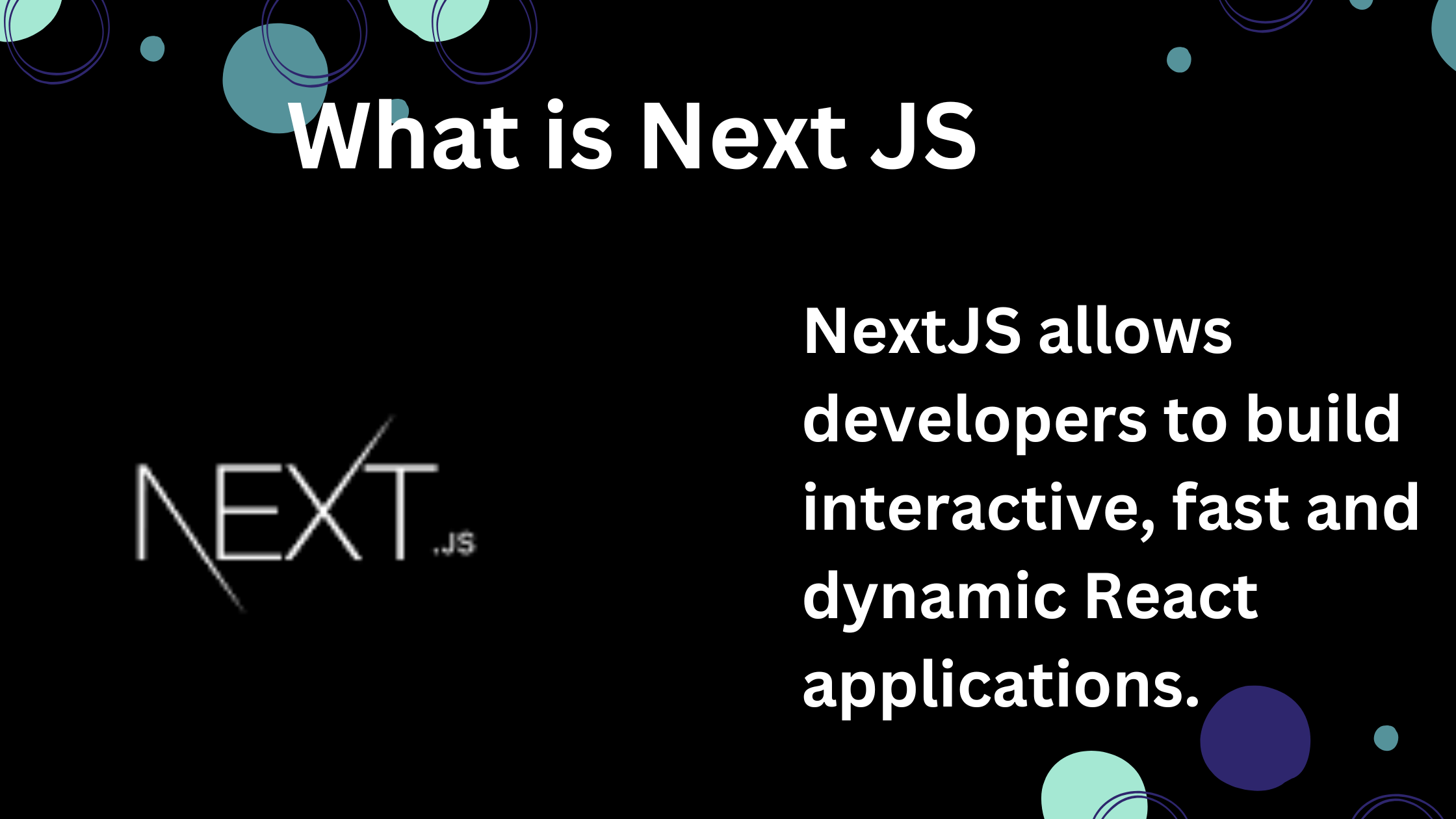React VS NextJS: Which Framework to Choose
 Winifred John
Winifred John 
The frontend technologies pioneering the web are HTML, CSS and Javascript. HTML creates the static structure of the web, the styling is done using CSS and the dynamic functions are implemented with Javascript. These technologies work fine and have been used for decades to build several web applications.
Over time, Modern web applications have more complex UI and have rapid state changes. Implementing these dynamic states with Vanilla JS comes at the cost of web performance and increases complexity for developers. This is why libraries and frameworks are introduced.
React JS is a library while NextJS is a framework built upon the ReactJS library. There are several other modern frameworks like AngularJS, Vue JS, etc. In this article, you will learn about the two popular frontend technologies ReactJS and NextJS, and understand which to use in your project.
PS: When new frontend technologies emerge, it is not uncommon to see people being sceptical as to whether they should learn about them. It is certainly not wrong to learn new technologies, however, it is also important to understand why you should make the decision before you start building a project.
What You Will Learn
When to and When not to use a Javascript Framework?
What is ReactJS
What is NextJS
Comparison between ReactJS and NextJS
When to use either ReactJS or NextJS.
When to and When not to use a Javascript Framework?
"Know when the language stops and where the framework starts." says Adam Zachary Wasserman
Most people don't know why they are using frameworks apart from the fact that they are based on components and make debugging easier.
Before frameworks existed, programmers built applications from the ground up that took us to space and solved a lot of problems. Now I am not saying to build from ground up, however, it is important to know when it is necessary to call in a framework.
What is the real purpose of frameworks?
The main problem modern JavaScript frameworks solve is keeping the UI in sync with the state.
For instance, imagine you are building a multi-step form for user registration. The form has several steps:
Personal Information: The user enters their name, email, and password.
Address Information: The user provides their address details.
Payment Information: The user enters their credit card information.
Without a framework, you would need to manually manage the state of the form, attaching event listeners to form elements and updating the DOM directly whenever the state changes. Adding extra functionalities like a form validation would be complex.
However, frameworks can handle state management, ReactJS offers dynamic rendering using a virtual DOM that updates the UI with every state change.
If you're just building a simple form or contact page, a framework may not be necessary
What is ReactJS?

React is an open-source JavaScript library developed by Facebook for building user interfaces, particularly for single-page applications. It focuses on the view layer of the application, allowing developers to create reusable UI components.
React is based on JavaScript and JSX (a syntax extension for JavaScript) and leverages a virtual DOM to enhance performance. It provides a flexible and efficient way to develop complex and interactive web applications.
The primary goal of React is to help developers build fast, scalable, and simple user interfaces for web applications.
What are the features of React?
Component-Based Architecture: React allows developers to build encapsulated components that manage their state, making it easy to compose complex UIs from small, isolated pieces of code.
Virtual DOM: React uses a virtual DOM to optimize updates and rendering. When the state of an object changes, React updates the virtual DOM first, then it efficiently updates the real DOM.
Declarative UI: React makes it easy to design interactive UIs by declaring what the UI should look like for each state of the application, and React takes care of updating the UI when the state changes.
JSX: JSX is a syntax extension for JavaScript that looks similar to HTML. It makes writing React components more intuitive and easier to understand.
Unidirectional Data Flow: React enforces a one-way data flow, making it easier to debug and understand the data lifecycle in the application.
Use Cases of React
Large and Complex Web Applications: React is ideal for building large-scale applications with complex routing and heavily data-driven components. Its component-based architecture and efficient state management make it suitable for handling intricate UIs.
Dynamic and Interactive User Interfaces: React is perfect for developing applications that require dynamic and interactive user experiences, such as dashboards, social media platforms, and real-time data visualization tools.
Single Page Applications: React is well-suited for building single-page applications where the goal is to provide a seamless user experience by loading content dynamically without refreshing the page.
What is NextJS?

Next JS is an open-source, lightweight web development framework for React applications, allowing you to build fast and high-performing web applications.
NextJS is created by Vercel, based on NodeJS and Babel and integrates React to develop full-stack web applications. It allows developers to build server-side rendering. The main aim of NextJS is to allow developers to build interactive, fast and dynamic React applications.
What are the features of NextJS?
Routing: A file-system-based router built on top of Server Components that supports layouts, nested routing, loading states, error handling, and more.
Rendering: Supports Client-side and Server-side Rendering.
Simplified Data Rendering
Optimization: Next.js comes with a variety of built-in optimizations designed to improve your application's speed and Core Web Vitals
Built-In CSS and Sass Support: Next.js supports CSS and Sass out of the box, making it easy to style your application.
Use Cases of NextJS
E-Commerce Sites: Next.js is ideal for building e-commerce sites where SEO and performance are critical
Blogs and Content-Driven Sites: Next.js is excellent for blogs, portfolios, and other content-driven sites due to its support for static site generation
Single Page Applications: Next.js features like hybrid rendering, improving initial load times and SEO, make it excellent for building Single Page Applications
React VS NextJS: Comparison between ReactJS and NextJS
Both ReactJS and Next.js have their strengths, and the choice between them depends on the specific needs and complexity of your project.
Here is a simplified table showing a comparison between NextJS and ReactJS in terms of the features they offer.
| Feature/Aspect | ReactJS | Next.js |
| Core Purpose | Library for building UI components | Framework built on top of React for production-ready apps |
| Rendering Methods | Client-Side Rendering (CSR) | Supports CSR, Server-Side Rendering (SSR), and Static Site Generation (SSG) |
| Routing | Manual setup with react-router or other libraries | File-based routing built-in |
| Server-Side Rendering | Requires additional setup | Built-in support |
| Static Site Generation | Requires additional setup | Built-in support |
| Incremental Static Regeneration (ISR) | Not available | Built-in support |
| API Routes | Not included | Built-in API routes |
| Image Optimization | Not included | Built-in image optimization |
| Automatic Code Splitting | Partial (dynamic imports) | Built-in automatic code splitting |
| Performance Optimization | Requires manual optimization | Built-in optimizations |
| Configuration | Highly flexible but requires setup | Convention over configuration, with customization options |
| Ecosystem | A vast ecosystem with extensive libraries | Built on React ecosystem, includes additional features |
| Learning Curve | Moderate, depending on the setup | Steeper initially due to additional concepts like SSR and SSG |
| State Management | Uses React state, Context API, or external libraries (e.g., Redux) | Same as ReactJS, plus Next.js optimizations |
| Deployment | Can be deployed on any static site host | Optimized for Vercel, but can be deployed elsewhere |
| Use Cases | Single Page Applications, complex UI components | Production-ready web applications, static websites, hybrid applications |
| Community | Large and active community, extensive resources and support | Growing and active community, strong support from Vercel and extensive documentation |
When to use either ReactJS or NextJS
Next.js provides streamlined and efficient functionality, requiring less code compared to React. It is simple and easy to use making it an attractive option for many developers.
Choosing React: React is ideal for developing large, complex web applications that involve complex routing and data-driven components.
If your project requires extensive customizations, dynamic interactions, and a highly flexible architecture, React is the better choice. It also has a vast ecosystem and extensive library support that will enable you to build sophisticated applications tailored to your specific needs.
Choosing Next.js: Next.js is an excellent option for building static websites. It simplifies development with built-in features like server-side rendering and static site generation, which reduce the amount of code you need to write.
If your goal is to create fast, SEO-friendly, and performance-optimized sites with minimal effort, Next.js is the way to go. It is a great choice for projects where rapid development and efficient deployment are essential.
Closing Thoughts: Why the Team At HNG Loves React
On a personal preference, I love the flexibility of React. Many projects love React not just because of the extensive customisation it gives but also the community support.
This is why we at HNG love React for our projects. When choosing a technology, it is important to understand the needs of your Project. ReactJS is an excellent choice for the complexity of projects at HNG and it is a popular framework that is easy to learn.
Your Project may just need Vanilla JS or NextJS. Evaluate the needs of your project before choosing a framework or library.
If you are wondering what HNG is, We are a highly competitive and fast-tracked Internship program for millions of developers to hone their skills. See more about HNG Internships
You can also see HNG Premium
I joined HNG for the code and community. With thousands of developers on the team, we are ready to build fast, modern web applications with ReactJS.
Resources
Official React Documentation
Subscribe to my newsletter
Read articles from Winifred John directly inside your inbox. Subscribe to the newsletter, and don't miss out.
Written by

Winifred John
Winifred John
Hi there! My name is Winifred John and I'm a technical writer with a passion for making complex information easy to understand. I'm also a big fan of coding; I'm currently freelancing as a frontend web developer with expertise in html5, CSS3, javascript, and react js. fun facts: I love traveling but have motion sickness. In my work as a technical writer, I've had the opportunity to collaborate with some amazing teams and tackle a wide range of projects. I believe that effective communication is key to success, and I strive to bring that philosophy to everything I do. Whether I'm working on user manuals, API documentation, or instructional guides, my goal is always the same: to help people understand and make the most of the technology they use. Thanks for taking the time to get to know a little bit about me! If you have any questions or just want to chat about technical writing, don't hesitate to reach out.